In the frantic early days after Russia’s invasion of Ukraine, when the country’s survival depended on the speedy procurement of weapons and money, two generations crashed.
The older one was represented by a supplier of military gear that had the optical scopes and thermal imaging devices the Ukrainian military needed to aim their fire at the enemy troops.
The other was the tech-savvy group collecting cryptocurrency donations that are used to purchase the equipment for the Ukrainian soldiers defending their land.
Money was the problem, but not a lack of it.
The fundraisers were well on their way to raising $60 million (all figures U.S. except where noted) in donations worth of cryptocurrencies — bitcoin, ethereum, tether, dogecoin and a dozen others.
The bill for the military equipment was a comparatively small $500,000.
But it was the weekend.
The supplier, who was located in a European country that cannot be identified for security reasons, wanted confirmation of payment and he wanted it in hard currency, via a bank transfer. Via traditional means the process could take several days, or up to a week, said Sergii Vasylchuk, co-founder of Everstake, a Ukrainian cryptocurrency company that is helping run Ukraine’s official crypto fundraising effort, Aid for Ukraine.
A week was a lifetime in those tense early days of the war. The Ukrainian capital, Kyiv, was under assault and a Russian victory seemed more likely than not.
So rather than submit to the traditional restraints and limitations, Vasylchuk said that his team arranged for A Ukrainian acquaintance who lived near the supplier and had the technical know-how to walk the company through the process of receiving payments in crypto, ensuring the delivery got to the front lines where the equipment was needed.
“Some disasters need to be fixed right now,” Vasylchuk said in an interview.
Impatience is just one characteristic of the digital entrepreneurs who are banding together to help Ukraine raise the money it needs to fend off the Russians and, in the process, blazing a trail to what they say is a more efficient, effective and transparent way of helping those in desperate need.
Mistrust of large and powerful institutions is another.
Dmitry Tarabanov was among those Ukrainians who, before the war, were sick and tired of the corruption that had plagued the country as well as its political and business elite.
The 37-year-old criticized from a distance, having moved to London, Ont., in 2015.
He was compelled to put his doubts aside, however, when the southern Ukrainian city where he grew up, Mykolaiv — as well as Kharkiv, where he lived for a decade before emigrating to Canada — came under Russian attack.
“Both of my hometowns are at the front line,” he said in an interview.
In the face of this horror, he and a loose collective of friends and fellow artists launched Avatars for Ukraine, first commissioning a collection of stunning digital portraits that embody Ukraine’s existential fight for survival, then organizing an NFT (nonfungible token) auction to raise funds.
NFTs have generated a lot of excitement and controversy in recent months; for the uninitiated, Tarabanov, who works for the London branch of the video-game company Digital Extremes, likened them to digital, first-edition artworks — ones secured not in a museum but on a computer network.
Not that much different — in theory, at least — from Leonardo da Vinci’s “Mona Lisa.”
“We have the Mona Lisa everywhere. You can see it online, you can see it in history or cultural books. You can print it — it belongs to the world,” Tarabanov said. “But the original is kept in the Louvre and it is secured.”
Through a series of friendships and acquaintances, contact was made with officials in the Ukrainian government. Kyiv agreed to sponsor the auction, the proceeds of which were transferred directly into the Ukrainian government’s cryptocurrency “wallet” and used to purchase medical equipment.
“It’s an uncharted territory,” Tarabanov said. “What is interesting was that Ukraine was only willing to take the risk because they needed any help they could get.”
Avatars for Ukraine collected 70 pieces for its NFT auction from a network of artists. Among them are images that mark the Russian siege of the Azovstal steel plant, the bombing of a maternity hospital in Mariupol and the alleged atrocities committed in the Kyiv suburbs of Bucha and Irpin.
One of the artists, Volodomyr Bondar, a Ukrainian sci-fi illustrator, spent the early part of the war evacuating civilians from Kharkiv, yet found the time to create the haunting image of a woman in a blue-and-gold floral headdress, one hand around her man, the other around a rifle.
But the fate of the NFT project also illustrates of one of the major risks around fundraising efforts using cryptocurrencies.
In early May, a little more than two months after Russian forces rolled across the border into Ukraine, the NFT market plunged, losing 92 per cent of its value.
A market bubble had seemingly popped. NFT artwork had been all the rage, but on May 3, the Wall Street Journal asked: “Is this the beginning of the end for NFTs?”
“It happened two weeks before the auction launched,” Tarabanov said.
The initiative still managed to raise $25,403, after selling just a third of the 70-piece collection. The remainder of the collection went on sale Monday, with pieces selling for 0.5 ethereum, or $1,211 Canadian.
“We might have sold $200,000 but that’s speculation. We will never know,” he said. “We raised what we raised and that’s the money that will be helping people.”
The Aid for Ukraine fund, which raised $60 million through crypto donations, also took a hit, when a sharp drop in the price of bitcoin in early May knocked more than $8 million off the fund’s value, Reuters reported May 25, citing the Ukrainian Ministry of Digital Transformation.
If Rev Miller was spared such a fate, it was only because the Unchain Fund he co-founded acted quickly.
The Ukrainian entrepreneur was in Dubai on a wedding-anniversary vacation when the invasion occurred on Feb. 24. Though he is living temporarily in Spain, away from his home in Kyiv, he banded together with his partners and friends in the crypto community to launch the fund after the war began.
It raised $1.3 million in the first day and $7.5 million within a month — generosity Miller attributes to the fact that early crypto investing has “made a lot of people relatively rich.”
The donations, all received in crypto, have been converted into local currency and handed out in the form of debit cards to some 10,000 Ukrainian mothers to tap and pay for their essential purchases.
“We knew it was a bit crazy to ask people to learn about crypto when they’re sitting in bomb shelters,” Miller said. “We said, let’s keep it super simple for them: ‘Just save your life.’”
The mothers receive 25 euros a week for every dependent child. Another chunk of the donations has been passed out to on-the-ground aid groups.
All but $700,000 of the nearly $10 million that Unchain Fund raised was been spent before the bitcoin price dropped.
“It wasn’t like we lost three of four million,” Miller said. “We lost something. It was some small amount.”
Most experts say the best defence against sudden downturns in the cryptocurrency exchange markets is to quickly convert them into so-called stablecoin, which are digital currencies that are tied to the value of gold or the U.S. dollar.
“I would personally keep at least 80 per cent of the fund in stablecoin, so I know that I have at least enough for operational costs,” Miller said. “We don’t have a goal to double or triple our money. We have a goal to help people.”
Not all are so well-intentioned.
The new source of funding for the non-profit sector also presents new opportunities for criminals. There are fraudsters with nefarious plans to profit from Ukraine’s hardships, the outpouring of international generosity in reaction to the tragedy of war and the general ignorance of the ins-and-outs of cryptocurrency.
The United States government has warned about fraudulent fundraisers that claim to be collecting crypto donations for Ukraine but are instead directing money elsewhere, knowing there is no recourse to recoup the funds.
“We’ve heard reports of dishonest people setting up accounts on cryptocurrency exchange platforms. They’re lying and saying that any donations they collect will help people in Ukraine. But instead of using the official government of Ukraine’s wallet address, they’re using their own — and the money is going straight to scammers,” reads a warning from the U.S. Federal Trade Commission.
You can embrace it, reject it or, like many others throughout the world, you can be baffled by the technical terms and vocabulary bandied about by cryptocurrency aficionados. But it seems that the world no longer has the luxury of decrying crypto fundraising as a passing trend.
Last month, the UN Refugee Agency, which manages the world’s refugee crises, including the humanitarian crisis created by the displacement of more than 10-million Ukrainians since the outbreak of war, got on board. It struck a deal with Binance, the world’s largest cryptocurrency exchange, and accepted a $2.5-million donation from the company’s charitable arm.
Helen Hai, who leads Binance Charity, said in an interview that crypto donations are more transparent, more cost-efficient and offer a way to directly affect and improve the lives of those in desperate need, wherever in the world they may be.
And with a flash of digital evangelism, she told the story of a teenage boy from an African country who told her he wanted to learn about blockchain, the technology upon which the cryptocurrency markets function.
“I asked him, ‘Why do you want to learn about blockchain?’” Hai recalled. “He said, ‘Helen, it makes my stomach full!’”
For the moment, however, crypto fundraisers aimed at aiding Ukraine are preaching to the true digital believers. The greatest proof of this was the message conveyed in a quirky low-fi video that Vasylchuk’s company, Everstake, released recently with the aim of eliciting more money for the Ukrainian government’s crypto fund.
It features a rapping dove, a cameo appearance by Ukrainian Vice Prime Minister Mykhailo Fedorov, who presented the video at the World Economic Forum in Davos, Switzerland, and a pointed message for cryptocurrency investors.
Don’t waste your wealth on vintage wine collections, alpaca farms, Louis Vuitton trash cans or luxury cars.
“Invest in peace, bro,” the catchy chorus goes. “It feels so good.”
Great Article, definitely worth a read, These are the kind of stories i love, they show how good crypto can be and should be, Makes me proud to be apart of the community.
[link] [comments]

You can get bonuses upto $100 FREE BONUS when you:
💰 Install these recommended apps:
💲 SocialGood - 100% Crypto Back on Everyday Shopping
💲 xPortal - The DeFi For The Next Billion
💲 CryptoTab Browser - Lightweight, fast, and ready to mine!
💰 Register on these recommended exchanges:
🟡 Binance🟡 Bitfinex🟡 Bitmart🟡 Bittrex🟡 Bitget
🟡 CoinEx🟡 Crypto.com🟡 Gate.io🟡 Huobi🟡 Kucoin.
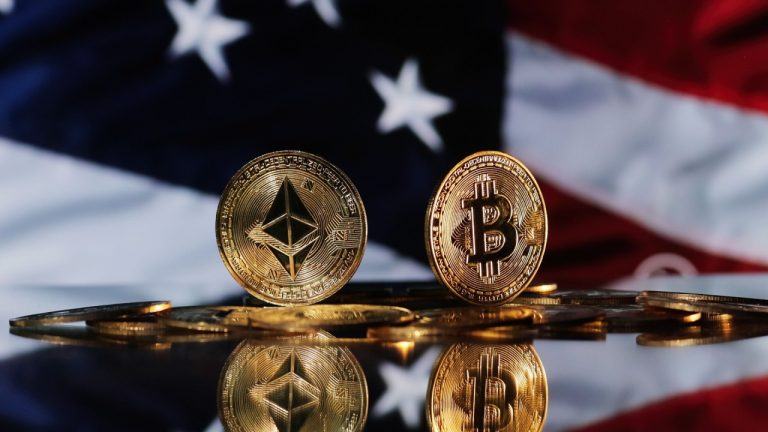





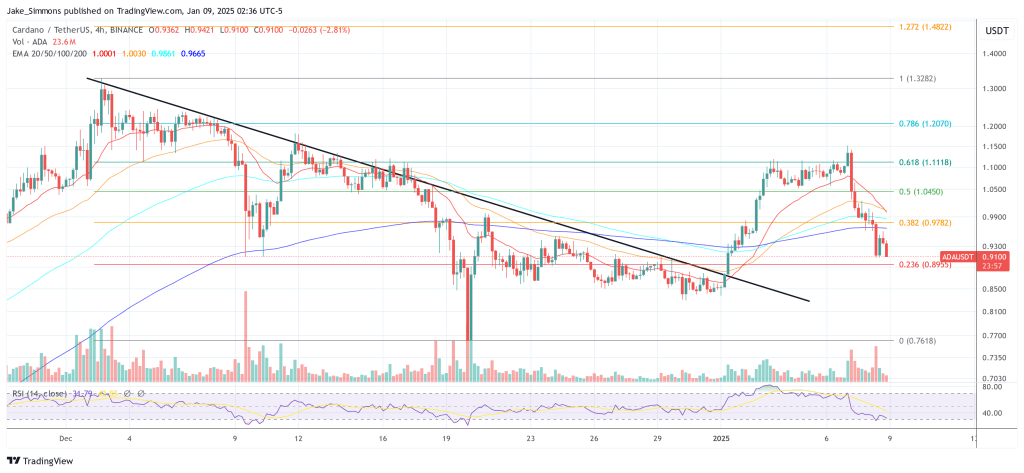
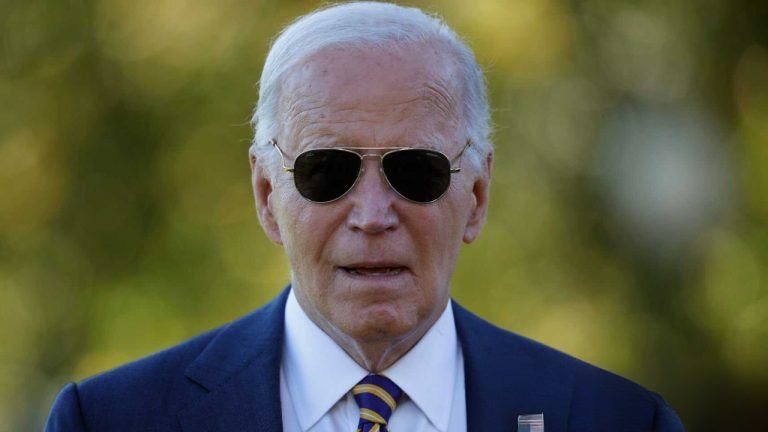

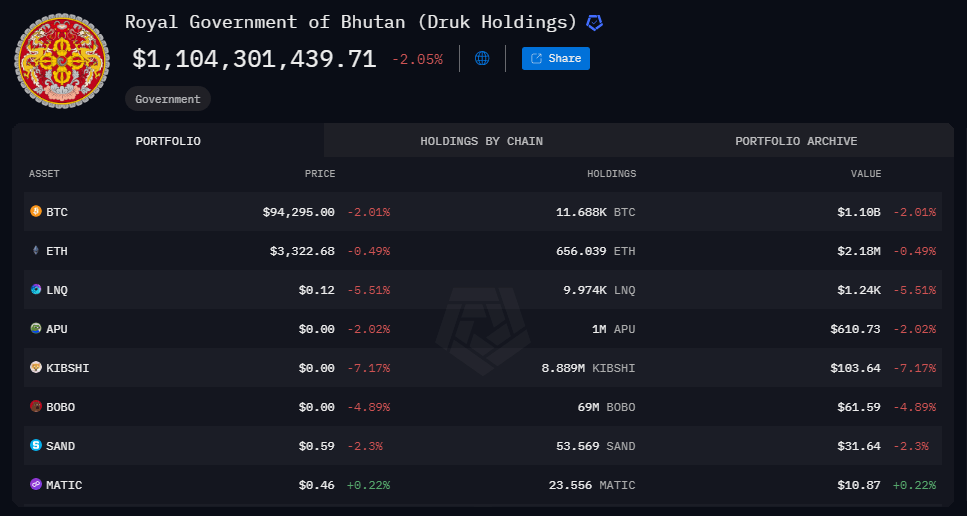

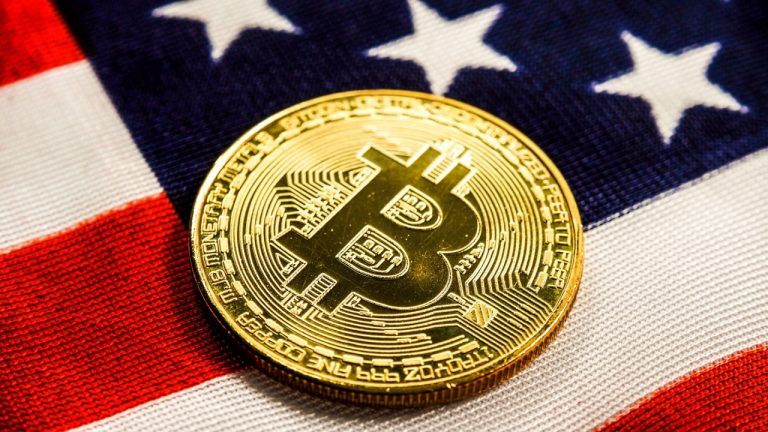

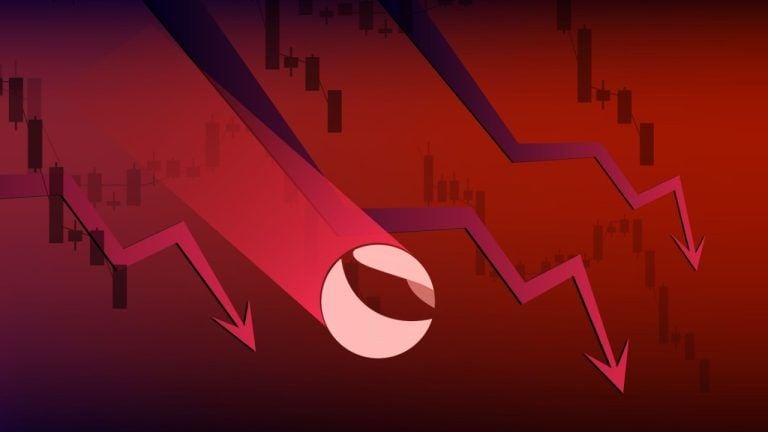





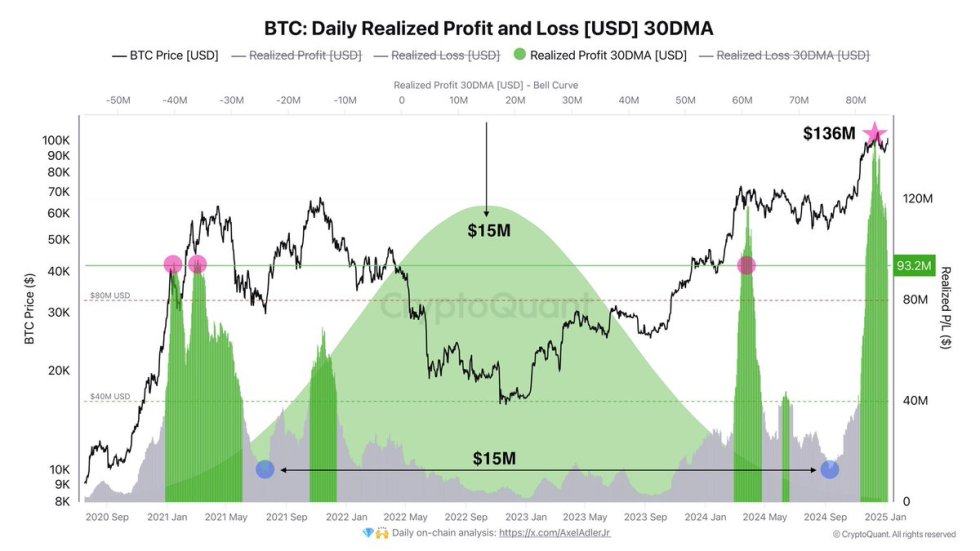
Comments